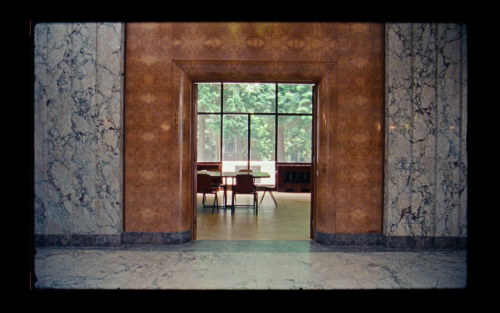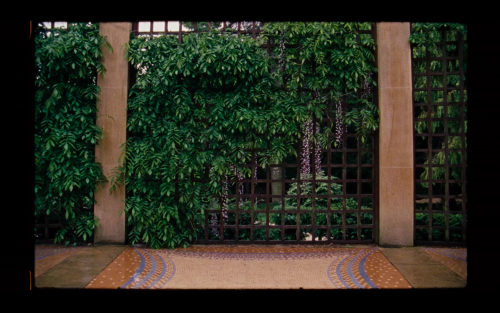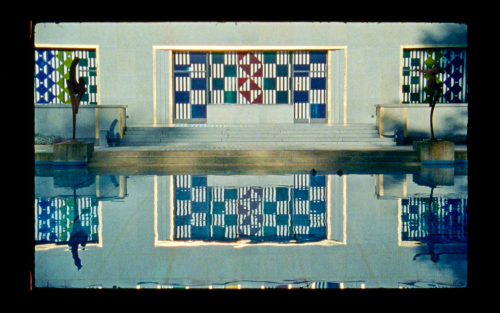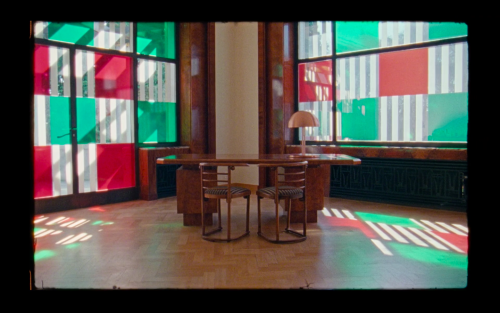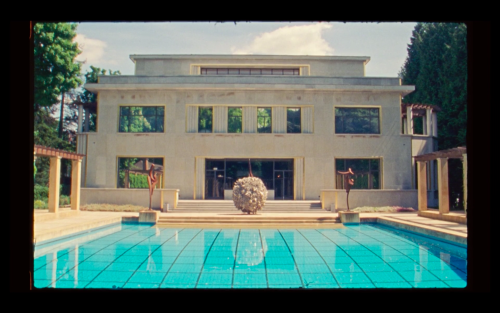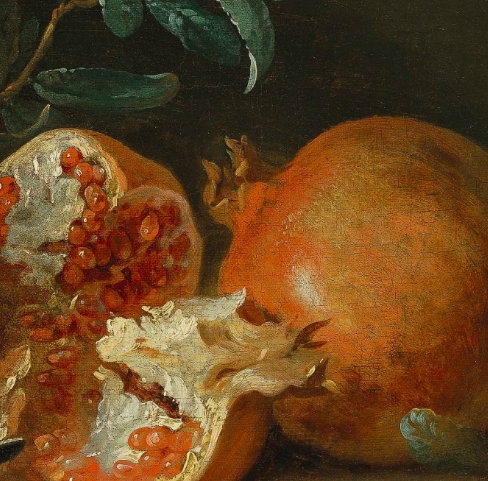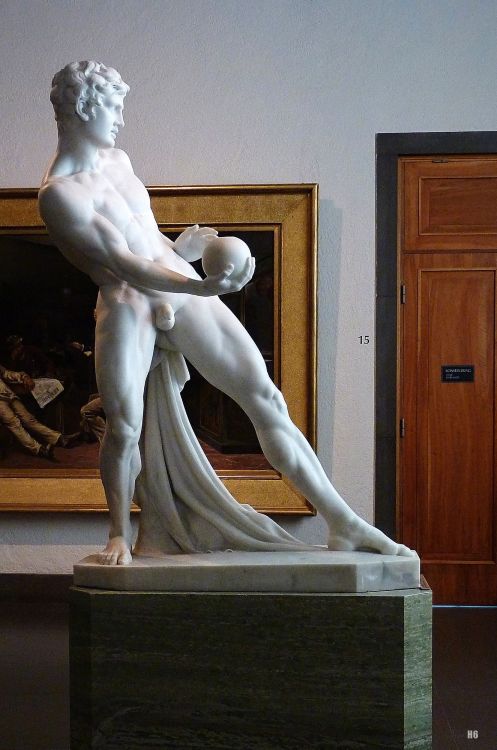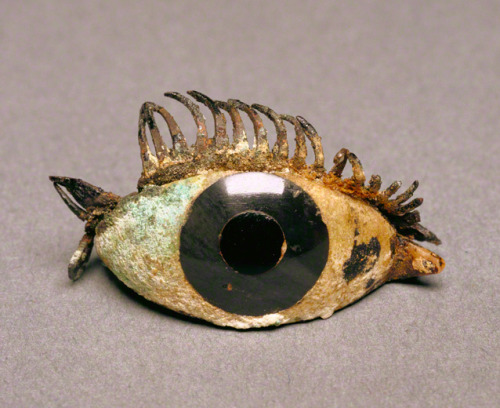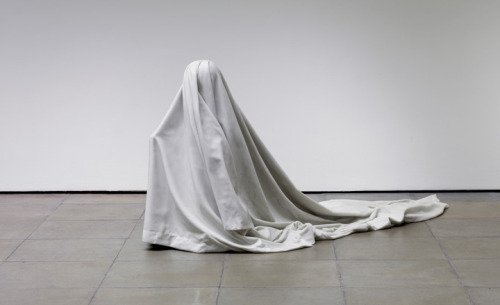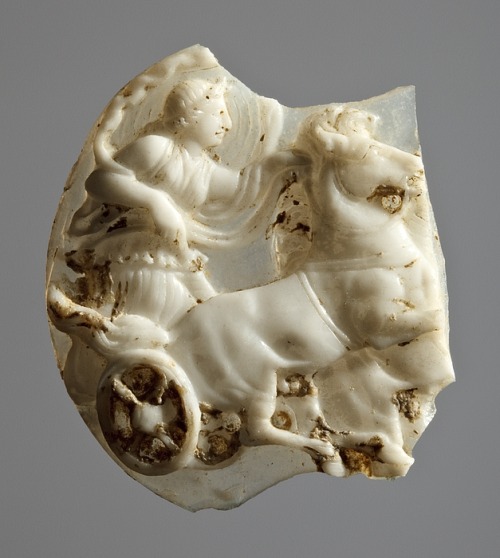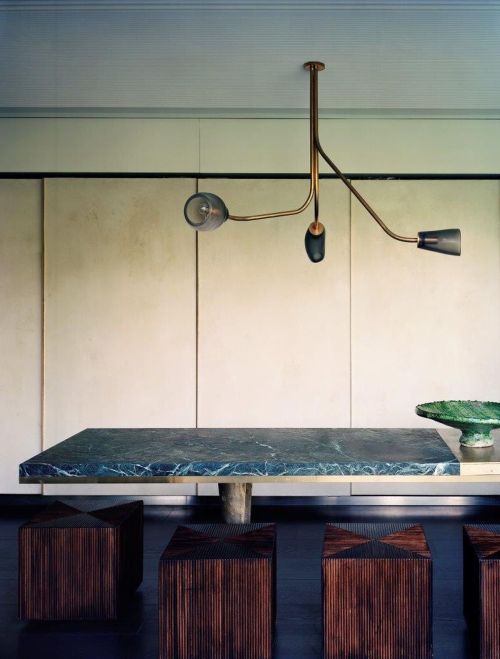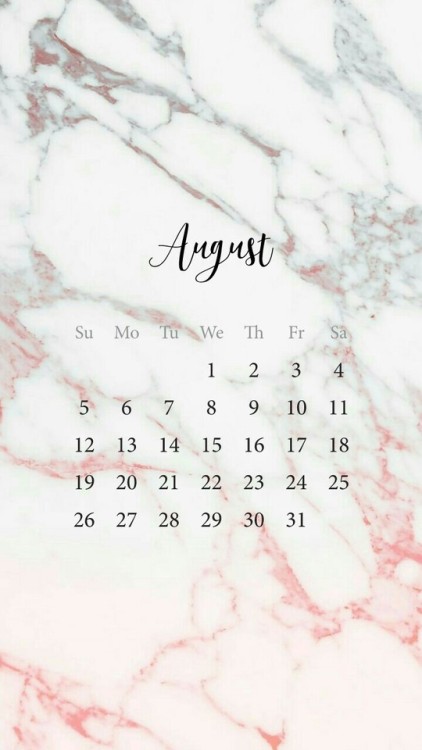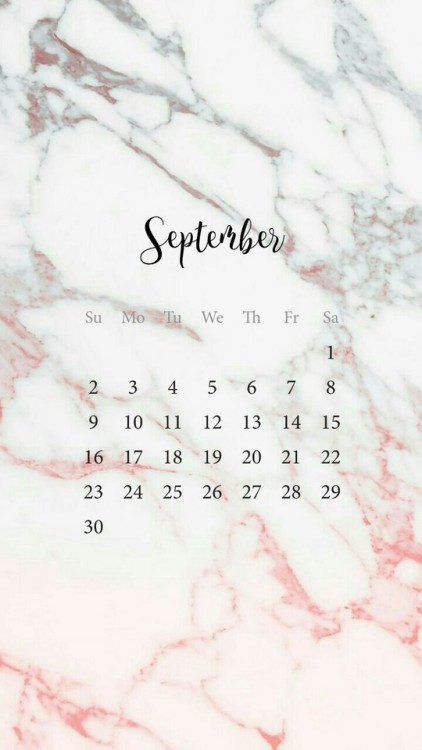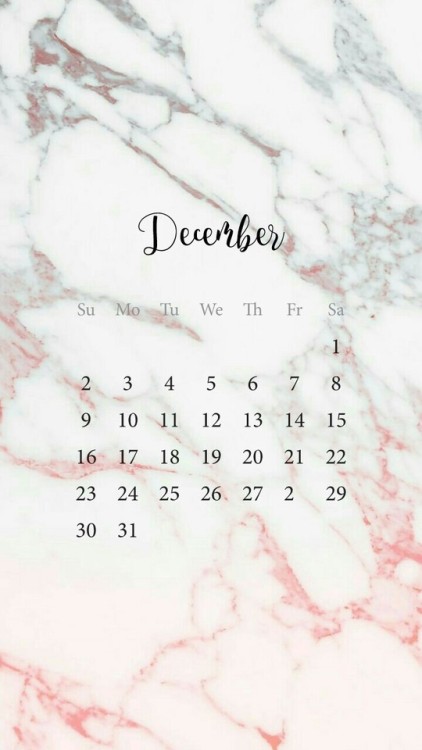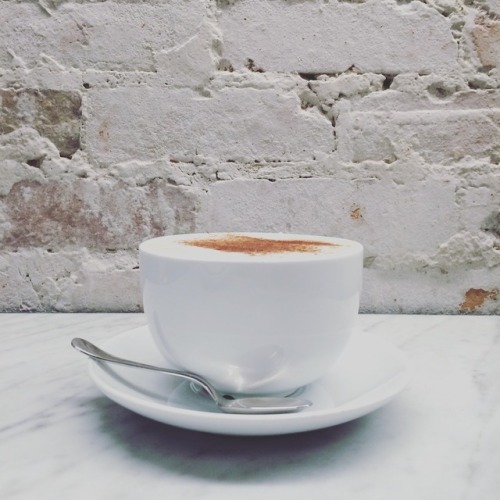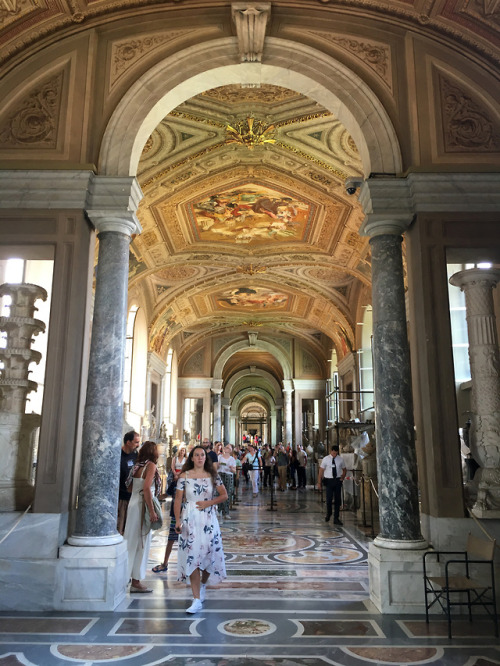#marble
This relief originally formed part of the funerary monument of Lucius Antistius Sarculo, a free-born Roman, master of the Alban college of Salian priests, and his wife and freedwoman Antistia Plutia. The relief was dedicated by two freedmen, Rufus and Anthus, in recognition of their patron’s good deeds. The inscription reads:
L(ucius) Antistius Cn(aei) f(ilius) Hor(atia) Sarculo, / Salius Albanus ìdem mag(ister) Saliorum.
Antistia / L(uci) l(iberta) Plutia.
Rufus, l(ibertus), Anthus, l(ibertus), imagines de suo fecerunt patrono et patronae pro meritis eorum.
And translates: “Lucius Antistius Sarculo, son of Gnaeus, member of the Horatia tribe, priest of the Alban Salian Order, as well as Master of the priests.
Antistia Plutia, freedwoman of Lucius.
The freedman Rufus (and) the freedman Anthus had these portraits made out of their own funds for their patron and patroness in recognition of their worthy deeds.”
The lined eyes, the slightly hollowed cheeks and prominent earsof Antistius, and the thin-lipped, severe countenance of his wife are typical of the realistic style characteristic of the period. The couple’s hairstyles indicate a date towards the end of the first century BC. During the Republic, large numbers of slaves were brought to Rome and Italy following the conquests of territories such as Spain and Greece. Augustus gave freedmen and women many rights and privileges, including (happily for Antistius) the right to marry Roman citizens. Antistia’s rise, from humble slave to wife of a Salian, underlines the extent of Augustus’ social revolution. The roads around Rome and other cities in the empire were lined with monuments from which similar reliefs of freedmen and their families looked out, proudly proclaiming their full membership of Roman society.
50 BC - 1 BC, from Rome
© Trustees of the British Museum, London
Post link

My favourite dress.

Ancient Roman marble statue group depicting the three Graces. Artist unknown; 2nd cent. CE. Now in the Metropolitan Museum of Art.

The Young St. John the Baptist, Antonio Rossellino, ca. 1470
Right eye of a statue. Greek, 500–100 BCE, Marble, obsidian, glass, and copper. Getty Museum.
Post link
Marble head of a Greek general
Roman, 1st–2nd century A.D., copy of a 4th C. Greek bronze.
NY Met. 24.97.32.
Post link
Five centuries of footsteps have deformed the marble of the stairs in the Leaning Tower of Pisa.
Post link


